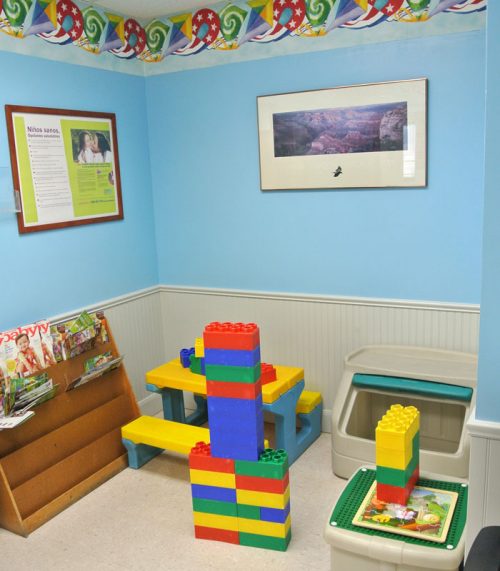Sickle Cell Disease
Understanding Sickle Cell Disease
Sickle Cell Disease (SCD) is a group of inherited red blood cell disorders characterized by the presence of abnormal hemoglobin, called hemoglobin S. This abnormal hemoglobin causes red blood cells to become rigid, sticky, and shaped like crescent moons or sickles. These misshapen cells can block blood flow in small vessels, leading to pain and organ damage. Sickle Cell Disease is a lifelong condition that can result in serious complications.
Schedule an Appointment
If you observe these symptoms in your child and are concerned about Sickle Cell Disease, it is important to seek a comprehensive evaluation from a healthcare professional. Scheduling an appointment with us can help in obtaining a proper diagnosis and developing an effective treatment plan to manage your child’s condition, reduce pain episodes, and prevent complications.
Get In Touch
Chronic Conditions
Recognizing Symptoms of Sickle Cell Disease
You might notice several signs in your child that could indicate Sickle Cell Disease:
- Pain Episodes (Sickle Cell Crises) : Sudden and severe pain, often in the chest, abdomen, bones, or joints, caused by blocked blood flow.
- Anemia : Persistent fatigue, pallor, and shortness of breath due to a low red blood cell count, as sickle cells are more easily broken down than normal cells.
- Swelling : Swelling in the hands and feet, known as dactylitis, often an early sign of Sickle Cell Disease in infants.
- Frequent Infections : Increased susceptibility to infections due to spleen damage, as the spleen helps fight infections in the body.
- Delayed Growth and Puberty : Slower growth and delayed puberty, due to the chronic anemia and the body’s use of energy to manage frequent pain episodes.
- Jaundice : Yellowing of the skin and eyes, resulting from the breakdown of red blood cells.
- Vision Problems : Damage to the retina, the light-sensitive layer of tissue at the back of the eye, can lead to vision problems.

